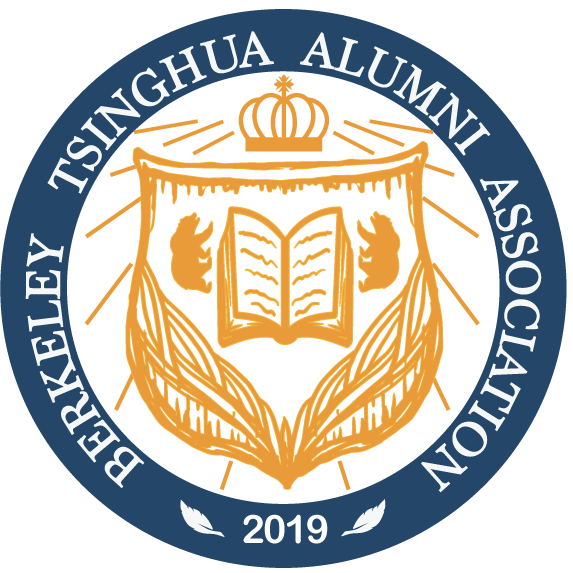
In today’s fast-paced business environment, employees at all levels find themselves being asked to handle more tasks, meet more deadlines, take on more responsibilities, and adapt to more change. Added to these challenges is the constantly shifting diversity of the workplace, where coworkers cope with generational, gender, age and cultural differences. Communication, both verbal and nonverbal, is at the foundation of everything we do and say, and is especially important in the 21st century workplace. The good news is that communication is a learned skill, and can be improved upon with the right training. The focus of this course is to heighten students’ awareness of workplace communication, and add new interpersonal skills, with the end result of becoming a more competent communicator overall. Target areas include: the process and functions of communication, behavioral patterns, perceptions as reality, verbal and nonverbal cues and behaviors, confidence, assertiveness, tact, anger management, criticism and constructive feedback, conflict resolution, team building, leadership, interviewing, and communicating more effectively with technology (email, Skype, texting, etc.). Upon completing this course, you will be able to: 1. Define communication and its role in the workplace 2. Describe benefits of effective communication in the workplace 3. Identify and explain most common audiences and techniques for communicating with each audience 4. Identify and solve common obstacles to effective communication 5. Summarize the 5 Step Technique and explain its usefulness in communicating with your manager 6. Discuss the best approaches and communication techniques for delivering bad news to your manager 7. Describe ways to make positive connections with your staff. 8. Discuss techniques for deciphering the communication styles of executive managers 9. Discuss techniques for identifying the characteristics and drivers of executive managers 10. Discuss techniques for persuading executive management 11. Identify best practices for working successfully with virtual/remote teams 12. Apply proven techniques for effective conference calls and webinars
